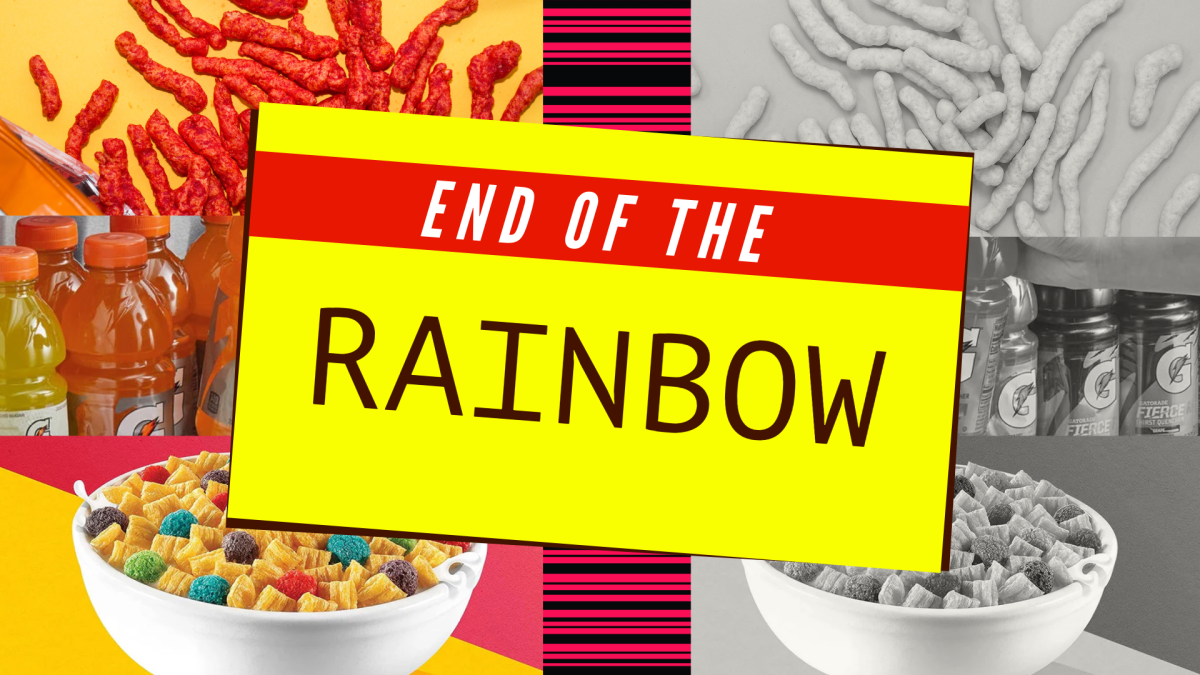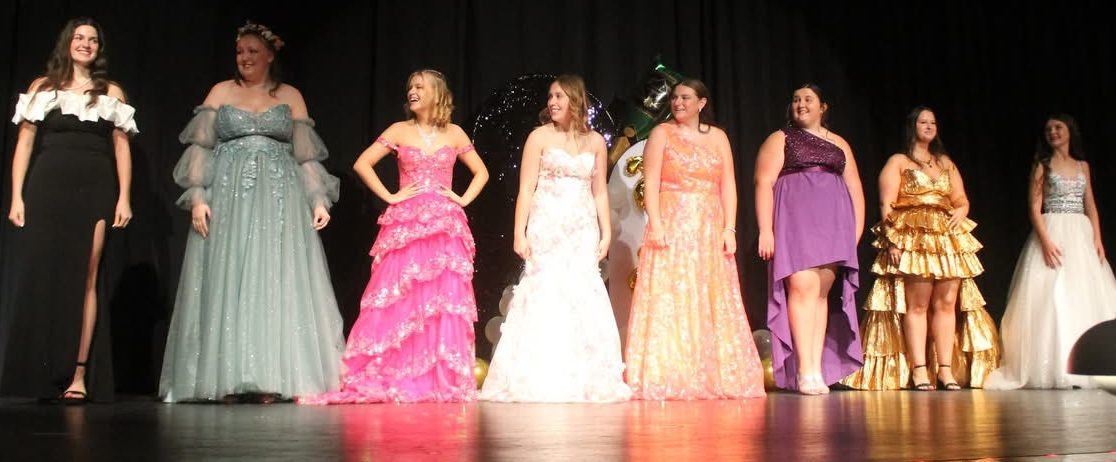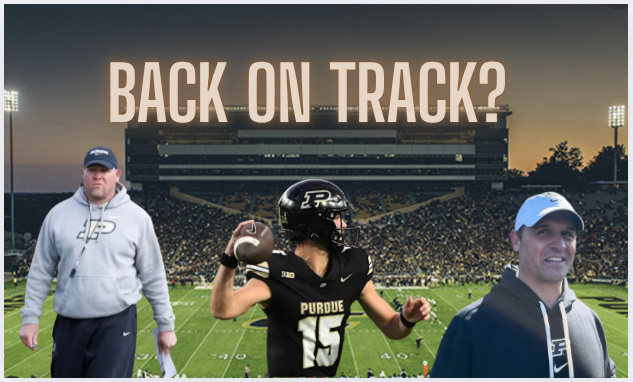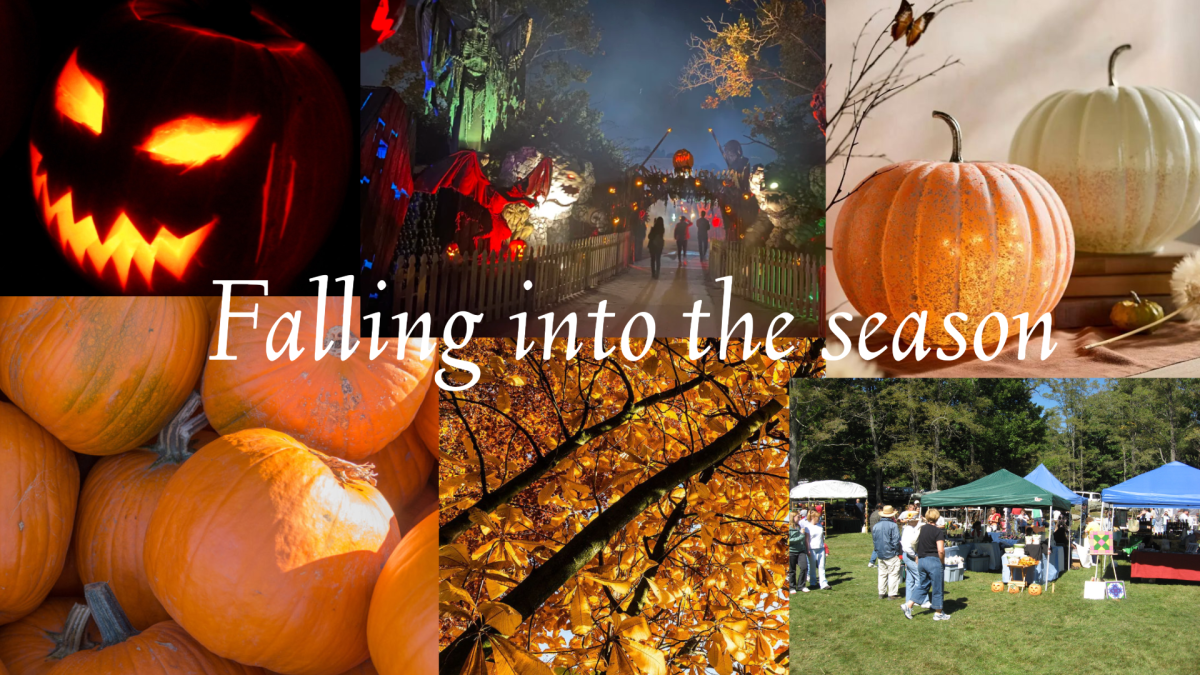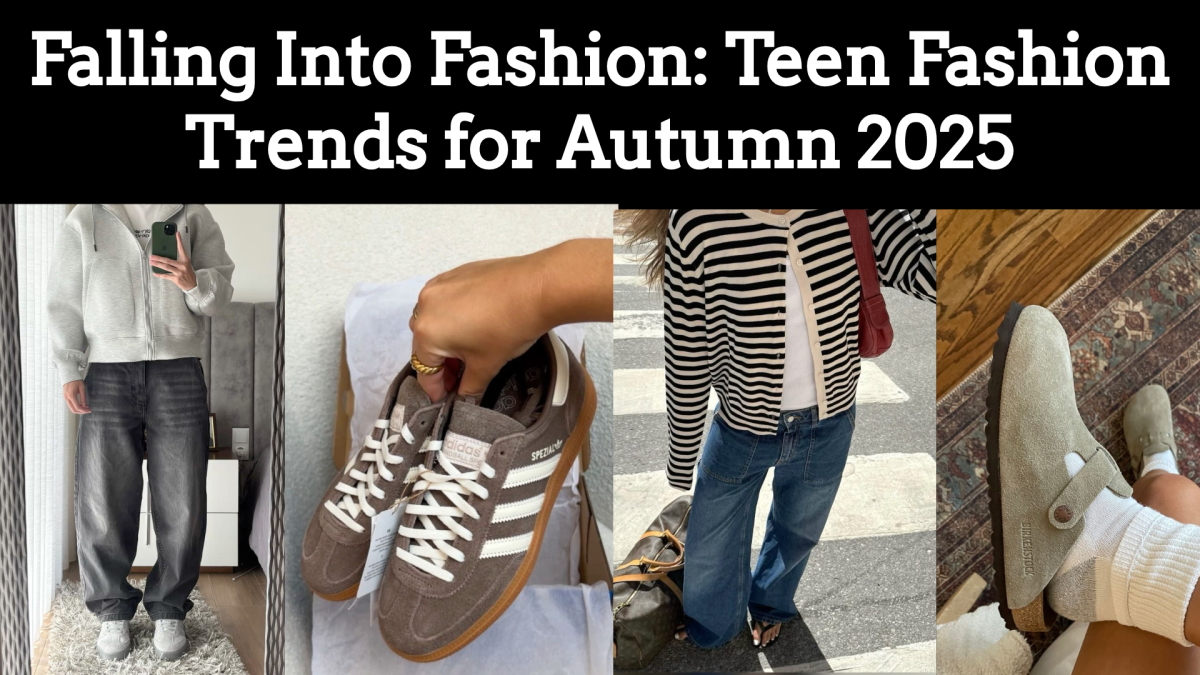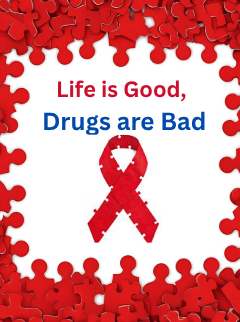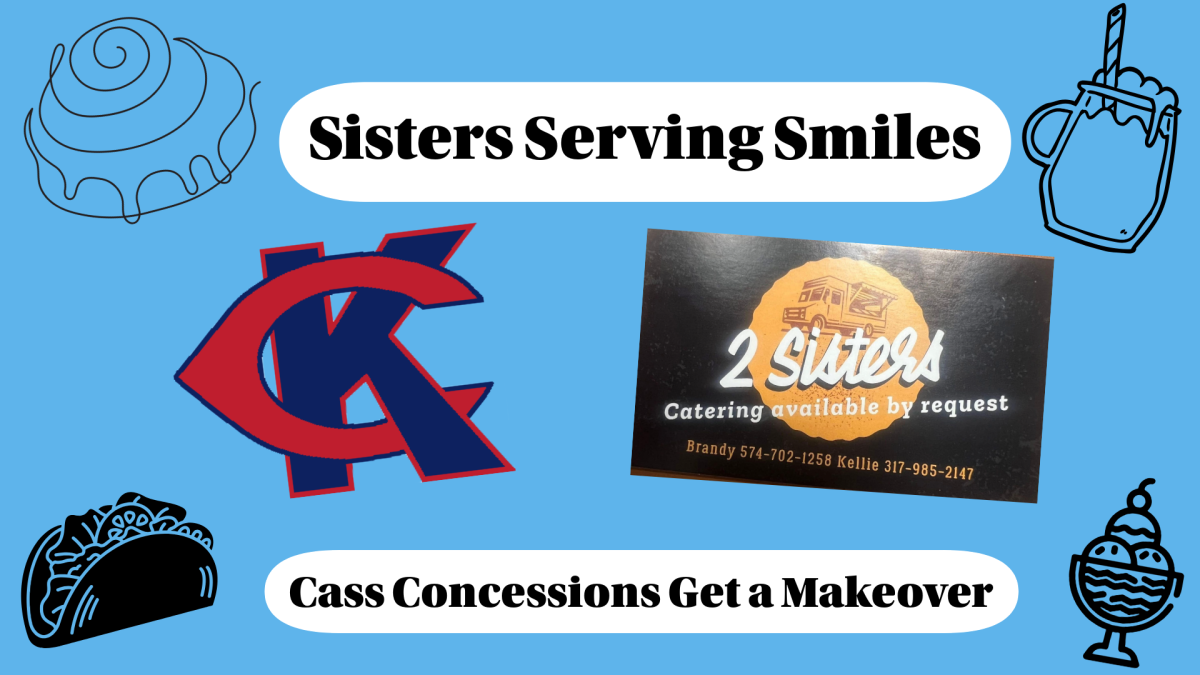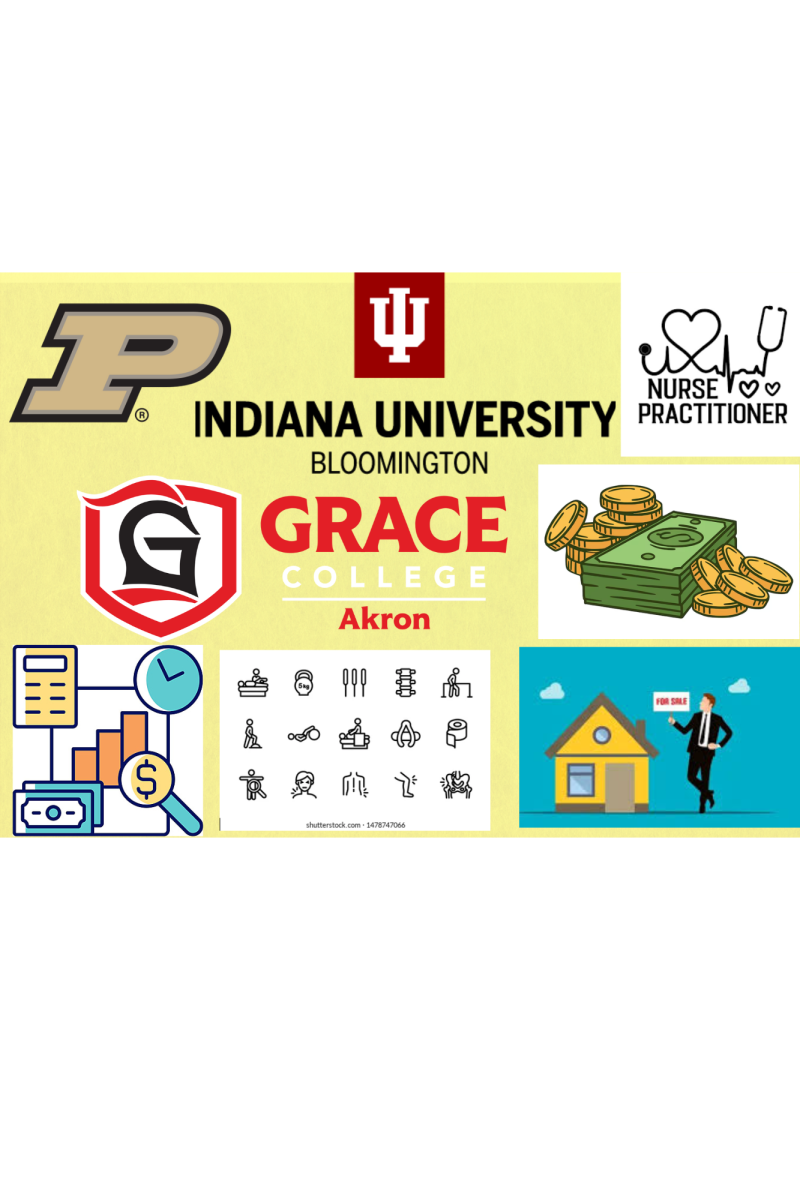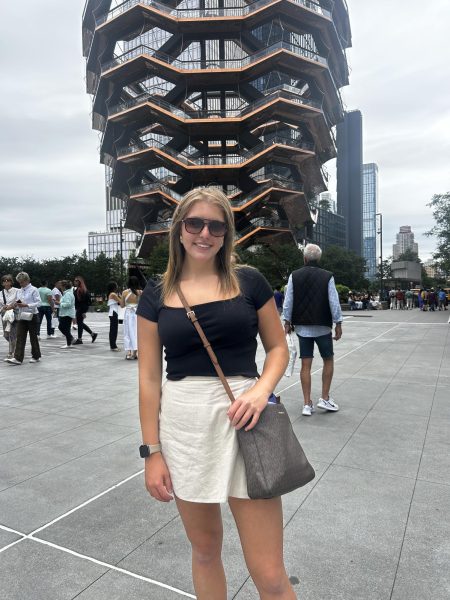The snack shelves of America are going through major changes. After decades of indulging in neon colored snacks and electrifying soda colors, US officials are finally cracking down on the food dye ban. Slowly but surely, you can count on saying farewell to your fluorescent food friends. Soon, the “all natural” moms on social media who seem to have it all together will be jumping for joy when their enemies, artificial dyes, leave the production process of their kids’ favorite snacks.
What are these dyes?
Some may be wondering, “What are food dyes?” Well, although they appear to be a colorful cure that only makes things better, they are actually a rainbow of red flags that do more harm than good. Food dyes have been used for centuries to make food products have that unforgettable appeal that makes you want to eat them straight off the shelf. In fact, the first reported food dye was discovered in 1856, called mauve. Food dyes have been used to offset color loss due to exposure to light, air, temperature extremes, moisture, and storage conditions, correct natural variations in color, enhance colors that occur naturally, and provide color to colorless and “fun” foods (USAToday.com). They have been a key ingredient to marketing for food corporations for centuries.
What’s the harm?
While they offer so much good, there is also a “snackload” of harmful effects that come along with them. There have been several studies of the negative effects of food dyes, such as links to cancer, organ lesions, and heart damage. Another largely talked about effect is links to behavioral changes in children. More specifically, Health.CleavlandClinic.org stated, “Some studies show a link between dyes and increased ADHD or hyperactivity in children. And other studies show an improvement in behavior and attention once the dyes were eliminated.” It is intriguing to see that we are still knowingly consuming the things that lead to so many issues.
So what now?
Health Secretary Robert F. Kennedy Jr announced plans to remove certain artificial dyes. The FDA soon acted and announced that they have intentions to “phase out” petroleum-based synthetic dyes by the end of next year. The agency intends to revoke the approval of some dyes for use and work with industry leaders to substitute petrochemical dyes with “natural” ones. The dyes that they intend to ban include Red Dye 40, Yellow Dye 5, Yellow Dye 6, Blue Dye 1, Blue Dye 2, and Green Dye 3. These dyes are often found in things like cereals, candies, ice cream, canned vegetables, sports, and soft drinks. Though none of these are officially banned yet, you can not count on them to stay around much longer.
What will we see on the shelves?
With all of these new agendas, we are left wondering if our Trix will become different shades of beige and our fruit snacks will become clear strawberry gummies. FDA Commissioner Marty Makary announced that the FDA intends to work with industry leaders to substitute petrochemical dyes with “natural” ones. Some commonly used dye replacements are things such as beet juice, beet powder, blueberry juice, pomegranate juice, beta-carotene, cranberries, cherries, strawberries, and dried hibiscus flowers. A food that commonly uses artificial dyes is cereal. Soon, Quaker Oats will have to rebrand their “Cap’n Crunch’s Crunch Berries” to “Cap’n Crunch’s Crunch Beet Powder”. Another American classic we can expect to see a change in is the hot dog. The casing that encloses your beloved Dodger Dog is infused with the dye Orange B. So if you go to the concessions and get something that looks a little different from what you are used to, do not be alarmed, it is just dye-free. There are also some deceiving foods that will be experiencing this rebrand as well. These include sports drinks, yogurts, food seasonings, salad dressings, and even canned vegetables and preserved fruit. All seem to appear perfectly healthy, but they all contain these harmful dyes as well.
The colorful era comes to a close.
Though there have not been any serious acts to stop this food dye use as of yet, it is clear we will soon have to say goodbye to our nostalgic neon snacks. It may seem like we lose a beloved item, but we are actually gaining a step closer to healthy living. It is comforting to know we are now living in an era of positive perspective changes that put wellness above wow-factor. So if your snack looks a little less bright, just know that sometimes more comfort means more care.

